Tucked away beyond the bustle of highways and major cities, some American towns remain quietly preserved in time. These small and remote places often hold deeper stories than their size suggests some born during gold rushes, others built on railroad dreams or ranching roots. Their isolation has kept their charm intact, with faded main streets, weathered churches, and friendly faces that remember everyone’s name. Here are twelve remote towns across the U.S. that few have heard of, yet each carries a history worth discovering.
1. Whittier, Alaska

Founded in 1943 as a military supply port during World War II, Whittier sits nestled between glacier-clad peaks and Prince William Sound. Its population of fewer than 300 residents mostly live inside one building, the Begich Towers, a relic from its army days. Accessible mainly through a one-way tunnel, Whittier feels otherworldly, part fortress, part community. The surrounding wilderness teems with wildlife, while its small harbor serves adventurers who crave Alaska’s rugged solitude.
2. Terlingua, Texas
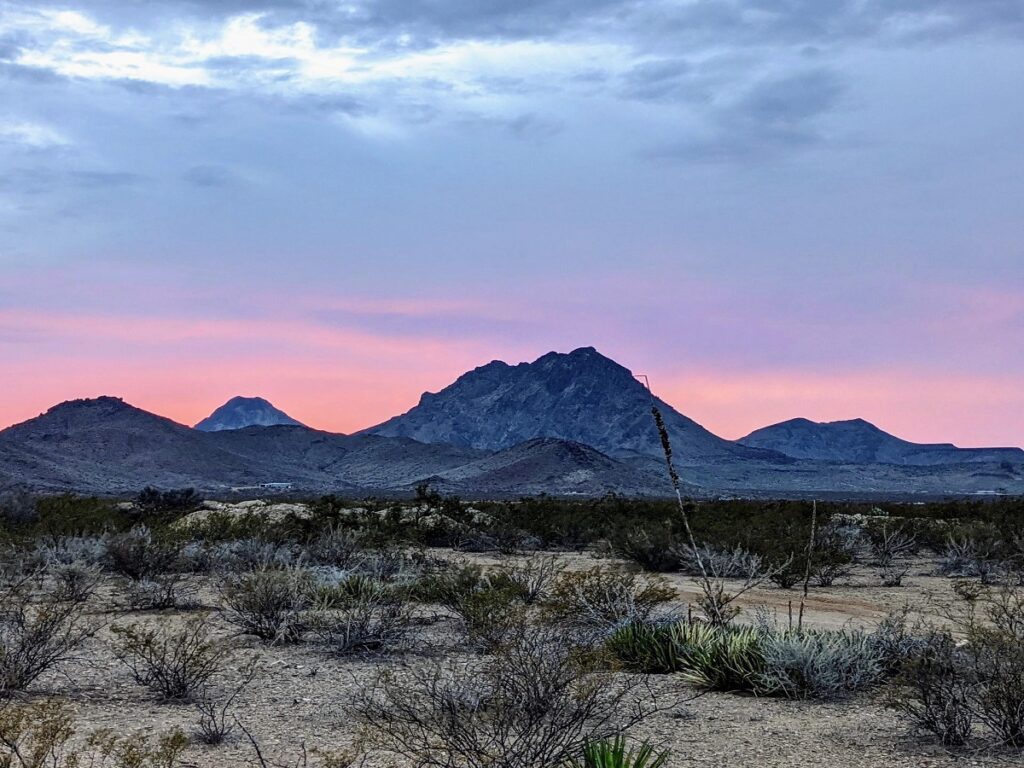
Once a thriving mercury mining town established in the late 1800s, Terlingua became a ghost town by the 1940s after the mines closed. Set against the desert backdrop near Big Bend National Park, its dusty ruins and adobe remnants now attract travelers seeking peace and mystery. Locals revived it as an artist colony, with a famous chili cook-off each year. Between cacti and crumbling rock walls, Terlingua’s quiet resilience whispers stories of survival beneath the Texan sun.
3. Ely, Nevada

Founded in 1878 during a copper mining boom, Ely sits deep in eastern Nevada’s high desert, surrounded by mountain ranges that feel endless. Once bustling with miners and rail workers, the town’s historic district preserves early 20th-century architecture and a vintage railway that still operates scenic rides. Despite its isolation, Ely thrives on its frontier charm, with murals depicting its past and starry skies that make it a haven for astronomers and wanderers alike.
4. Marfa, Texas
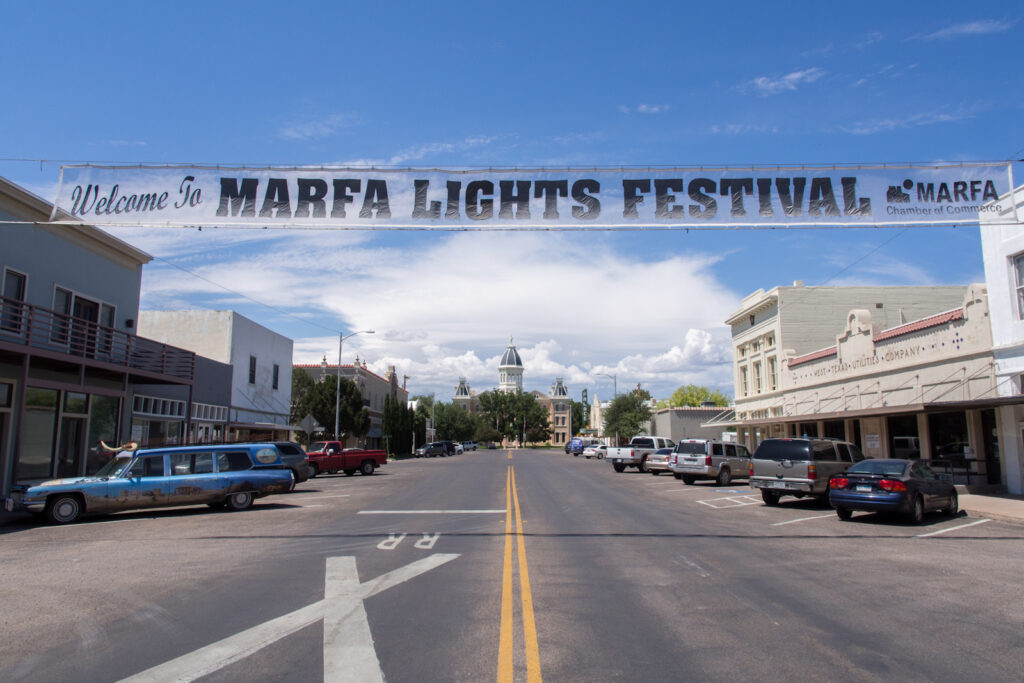
Marfa began in the 1880s as a railroad water stop and evolved into a military base before reinventing itself as a desert art hub. Though remote, it draws creative souls with its minimalist installations and the mysterious “Marfa Lights” that shimmer on the horizon. Its old courthouse, built in 1886, anchors a small but lively downtown. Marfa’s solitude inspires reflection where wide skies, open desert, and art coexist in an improbable harmony of past and present.
5. Stanley, Idaho
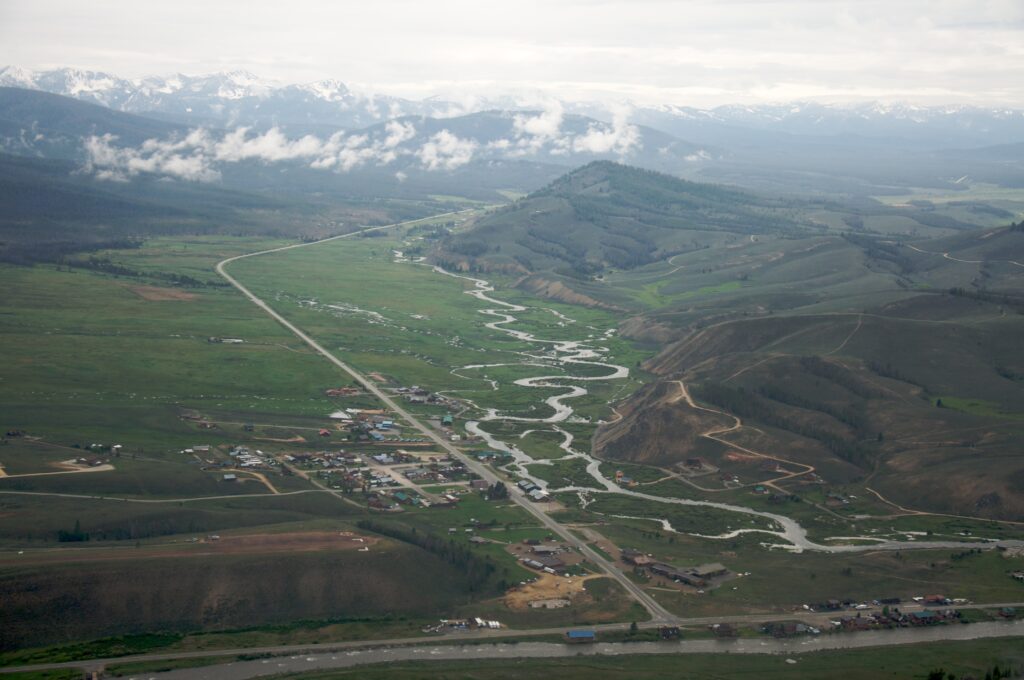
Nestled in the Sawtooth Valley and established in 1890, Stanley remains one of Idaho’s most scenic and secluded communities. With fewer than 100 residents year-round, it feels untouched by modern sprawl. The original settlers came seeking gold, but nature became the true treasure here. Glacial lakes, alpine trails, and crisp mountain air surround rustic lodges that still honor the town’s early pioneer spirit. In winter, Stanley often records some of the coldest temperatures in the nation.
6. Medora, North Dakota
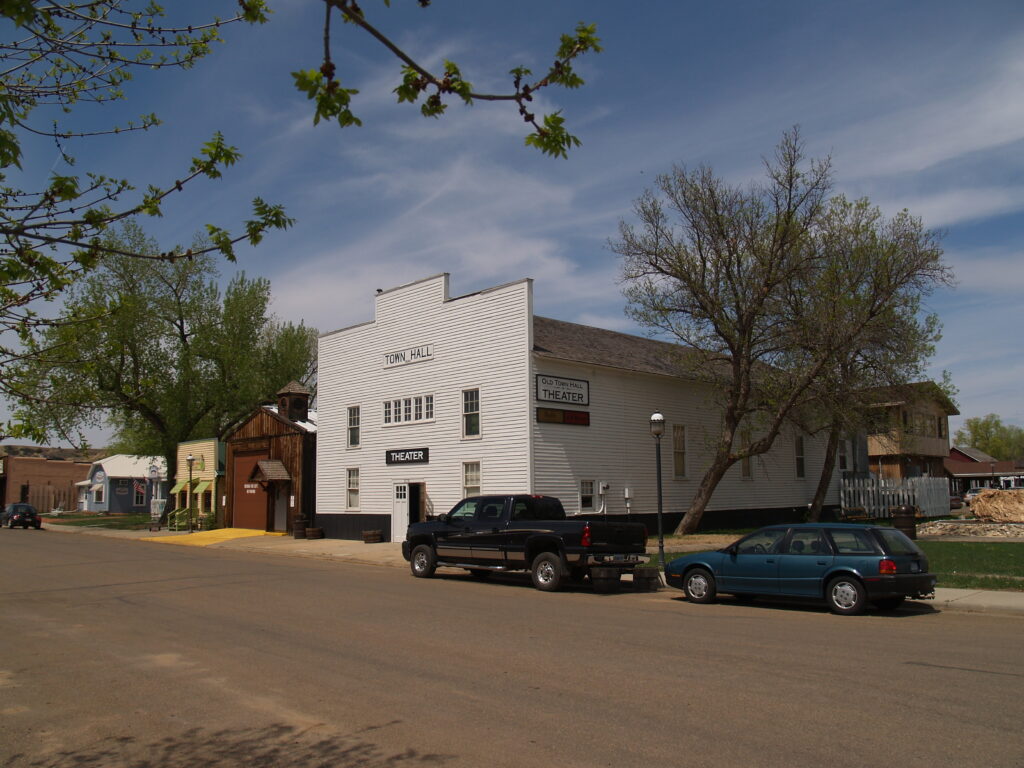
Founded in 1883 by a French nobleman named the Marquis de Morès, Medora was once a cattle empire. Though his venture failed, the town survived as a charming western outpost near Theodore Roosevelt National Park. Its historic buildings, like the Chateau de Morè,s still tell of its grand ambitions. Today, Medora blends history with open prairie views and remains a small but enduring gateway to the rugged beauty of the Badlands.
7. Silverton, Colorado
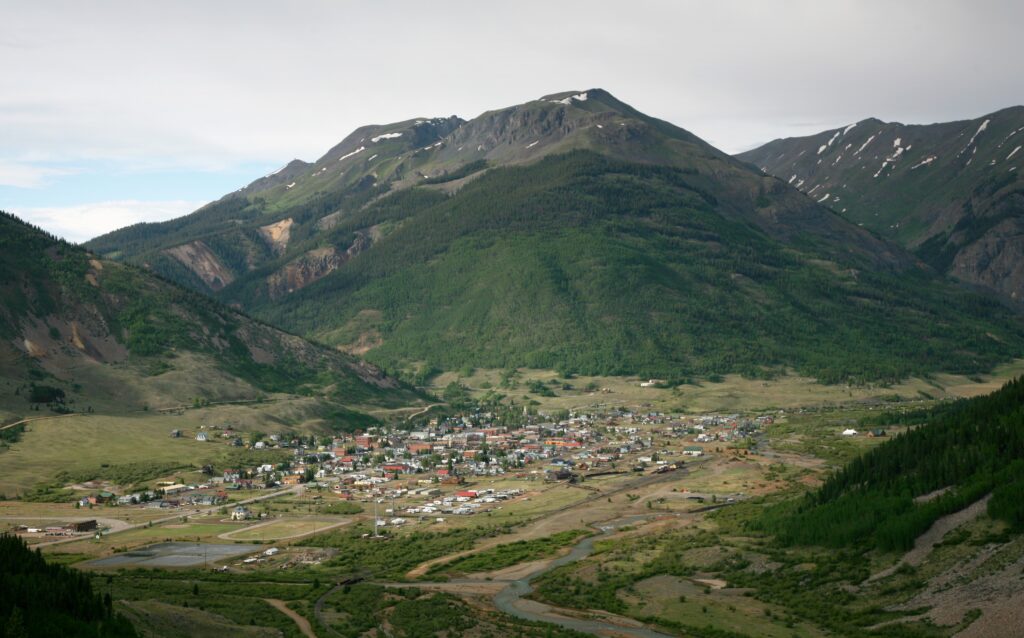
Perched at over 9,000 feet and founded in 1874, Silverton emerged as a silver mining boomtown in the San Juan Mountains. Despite its tough winters and steep terrain, the town flourished before the mines closed in the mid-20th century. Its well-preserved Victorian streets and old railway depot now welcome travelers on the Durango & Silverton Narrow Gauge Railroad. Snow-capped peaks and alpine meadows frame this small mountain town, frozen delightfully in time.
8. Green Bank, West Virginia
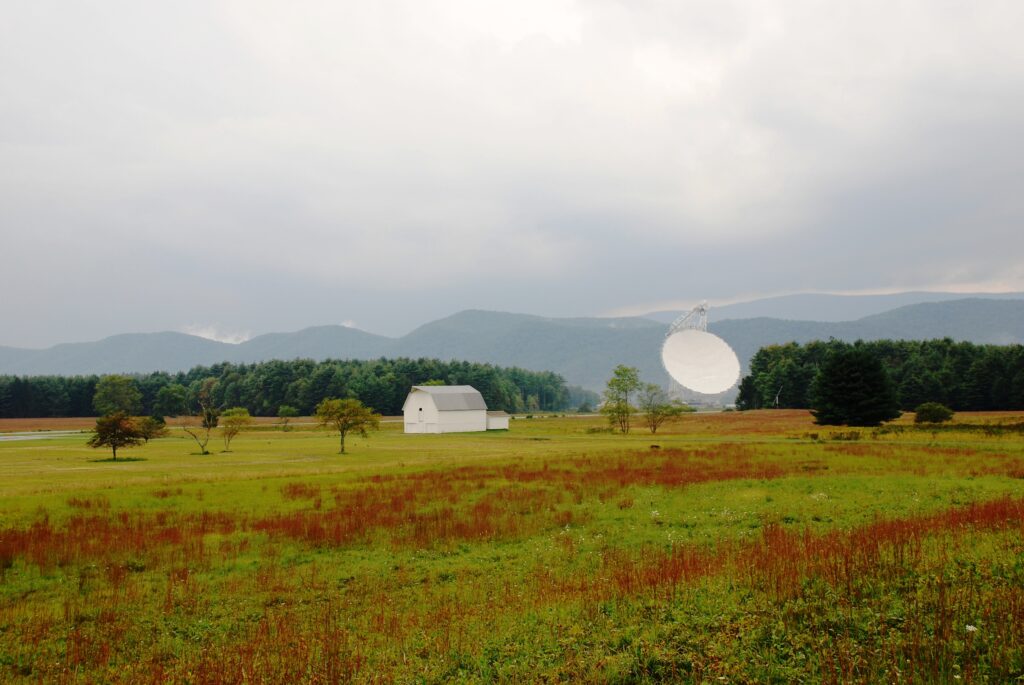
Established in the early 1900s, Green Bank is home to the world’s largest steerable radio telescope. Located within the National Radio Quiet Zone, it’s a place where cell service and Wi-Fi are strictly limited to protect scientific research. This unusual restriction has shaped a peaceful, slow-paced community surrounded by forested hills. Green Bank’s founding purpose to listen to the cosmos continues to define its identity, making it one of America’s quietest and most curious towns.
9. Wallace, Idaho
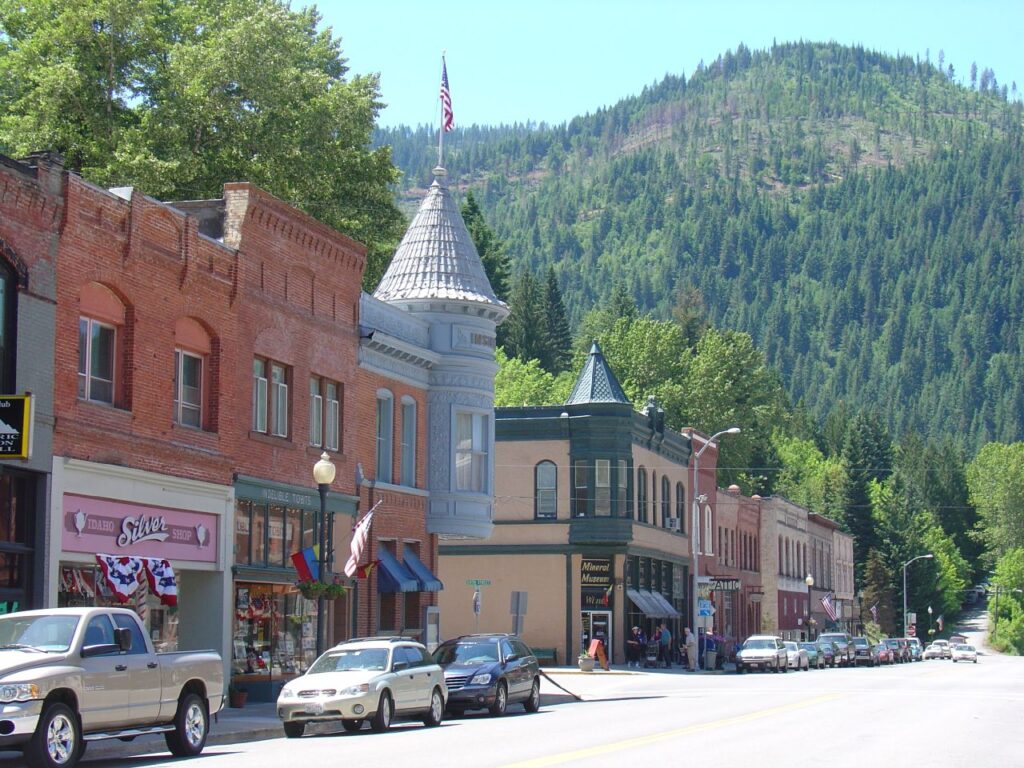
Founded in 1884, Wallace rose during the silver mining boom and has preserved its heritage with pride. Tucked in the narrow Silver Valley, nearly every downtown building is listed on the National Register of Historic Places. After surviving devastating fires and floods, Wallace became known as the “Center of the Universe,” a tongue-in-cheek claim marked by a manhole cover downtown. Its preserved streets and mountain backdrop create a sense of living history few towns can match.
10. Ely, Minnesota

Established in 1888 as a logging and mining settlement, Ely sits at the gateway to the Boundary Waters Canoe Area Wilderness. Its remoteness defines it dense forests, glassy lakes, and moose crossings outnumber people on most days. The town’s rustic architecture and old mining relics evoke its rugged beginnings. Today, Ely thrives as a launching point for adventurers seeking silence, northern lights, and an authentic taste of the untamed north.
11. Guffey, Colorado
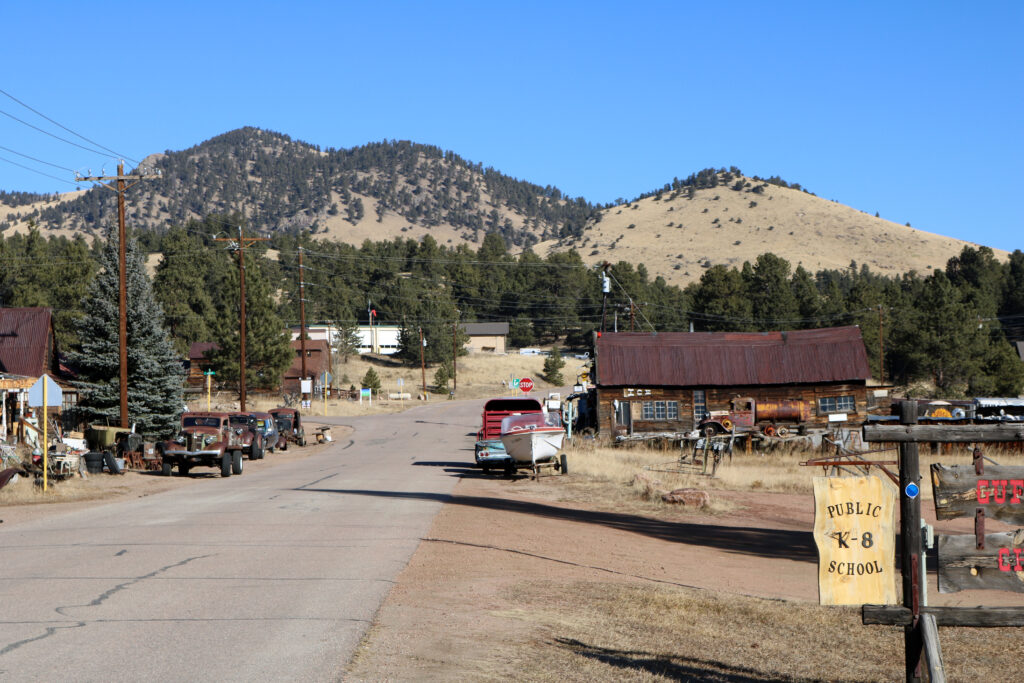
Settled in the 1890s, Guffey began as a small mining camp in the foothills of the Rocky Mountains. Though the gold rush faded, the quirky spirit of this tiny community endured. Known for its eccentric residents and whimsical art displays, Guffey maintains a population of fewer than 100 people. Its clapboard structures and old schoolhouse preserve the feel of a frontier village untouched by time, surrounded by rolling hills and boundless sky.
12. Monowi, Nebraska

Monowi, founded in 1902, holds a remarkable distinction: it’s America’s only incorporated town with a single resident. Once a modest farming community, it dwindled as families moved away. Today, its lone inhabitant, Elsie Eiler, serves as mayor, librarian, and bartender at her own tavern. The town’s faded buildings and empty streets stand as living symbols of rural perseverance. Monowi’s story is a humble yet profound portrait of one woman’s devotion to the place she calls home.
Comments